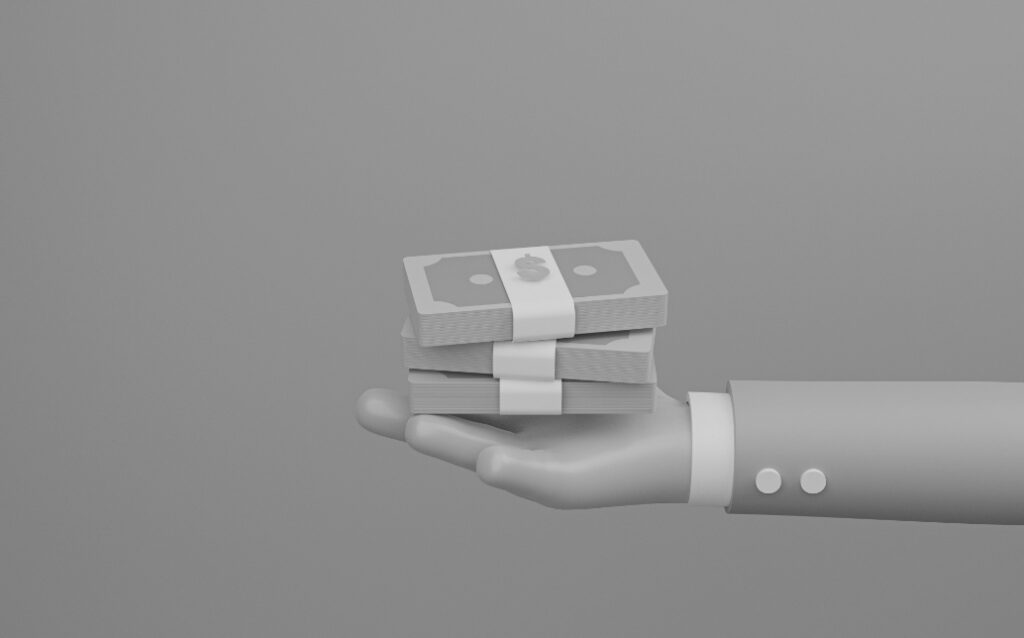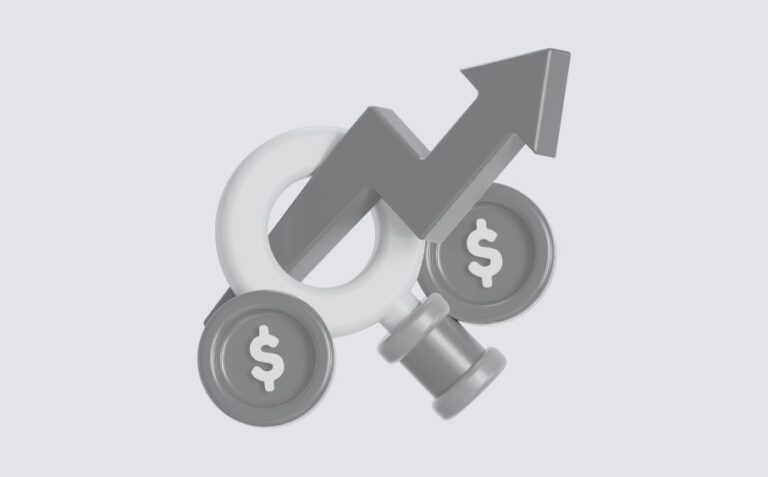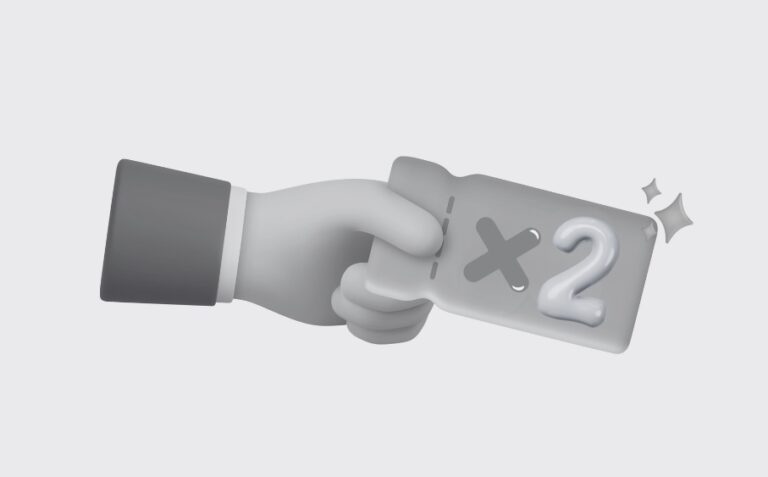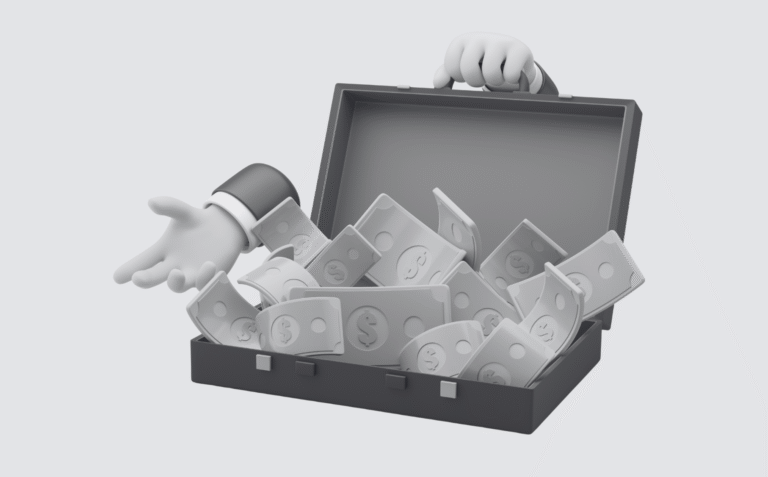The price is the cost of a product or service that buyers pay to acquire it. It’s a fundamental concept in both economics and everyday life, shaping how we make decisions and how businesses operate. Think of price as a signal in the market—it tells us what something is worth and helps balance supply and demand. Prices aren’t set in stone; they’re influenced by a mix of factors like production costs, how much people want the product, competition, and the overall market environment.
Prices can vary widely depending on the market. In a highly competitive market, you’ll often see lower prices because businesses compete hard for your attention. On the other hand, in a market with little competition, a single seller might have the upper hand and could charge higher prices.
Price Formula
One basic way to calculate the price of a product is to use the following formula:
Price = Cost of Production + Prefered/Target Profit Margin
This formula gives you a straightforward approach: start with how much it costs to make the product, then add the amount of profit you want to make on each sale. Of course, this is just the starting point—real-world pricing might adjust based on demand, competition, and other market factors.
So, let’s see how does price affect sales and what influences the prices of a product or service.
What Influences Price?
Cost of Production
The cost of production is a fundamental factor in determining the price of a product or service. This covers all the elements involved in producing the product, including raw materials, labor, production costs, and overhead expenses like utilities and rent. If it costs a lot to produce something, the price will generally be higher to cover those expenses and ensure a profit. For example, a handcrafted piece of furniture might be priced higher than a mass-produced item because the craftsmanship, materials, and time invested in making it are more substantial. Businesses must carefully calculate these costs to avoid underpricing, which could lead to losses or overpricing, which might drive customers away.
Demand
Demand is all about how much people want a product or service. When demand is high, meaning many people want to buy something, sellers can often charge higher prices because customers are willing to pay more. Think about a popular concert where tickets sell out quickly—the higher the demand, the higher the ticket prices can go, especially on resale markets. On the flip side, if demand drops and interest in a product fades, sellers might have to lower prices to entice buyers and move inventory. For example, after the holiday season, you often see prices on decorations and gift items drop significantly because the demand has diminished.
Competition
The level of competition in the market plays a significant role in pricing decisions. In a highly competitive market, with many businesses offering similar products, prices tend to be lower because companies are competing for the same customers. Each business has to find ways to attract buyers, often through competitive pricing. For example, in the smartphone market, where many brands offer similar features, prices are often set aggressively to win over customers. Conversely, if a company is in a market with little competition—perhaps they offer a unique product or are in a niche market—they might have the luxury of setting higher prices because the alternatives available are very few to consumers.
Perceived Value
Perceived value is about what customers think a product or service is worth, which can be just as important as the actual cost of production. This perception can be influenced by factors like brand reputation, quality, and even emotional appeal.
For example, luxury brands like Rolex or Gucci can charge significantly higher prices because their products are associated with prestige, exclusivity, and superior quality. Customers are willing to pay more because they perceive the products to be more valuable. Even if a luxury item doesn’t cost much more to produce than a non-luxury item, the brand’s reputation allows it to command higher prices.
Different Ways to Set Prices
Pricing strategies can vary widely depending on the goals of the business, the nature of the product, and market conditions. Some businesses might start by calculating the cost of production and then adding a margin to ensure profitability—a method known as cost-plus pricing. Others might set prices based on the perceived value to the customer, allowing them to charge more if the product is seen as high-quality or unique, like repricing or dynamic pricing. In fast-changing markets, prices can adjust in real time depending on demand, competition, and various other factors, a method known as dynamic pricing.
For businesses looking to quickly enter or disrupt a market, penetration pricing might be used, offering lower prices initially to attract customers and gain market share. Each of these strategies has its own set of advantages and challenges, and the best approach often depends on a combination of factors, including market research, customer behavior, and long-term business objectives.
Why Price Matters to Consumers
Price is often the first thing we look at when deciding whether to buy something. It can be a deal-breaker or a deal-maker, depending on whether we think the price matches the value. Some people might jump at a lower price, while others might be willing to pay more for something they see as higher quality or more prestigious.
Price in Ecommerce
When it comes to ecommerce, price becomes even more critical. Online shoppers have the power to compare prices instantly across multiple sites, so your pricing strategy has to be spot on. In ecommerce, prices can change rapidly due to promotions, competitor pricing, and demand fluctuations. Dynamic pricing tools and competitor monitoring apps, like Prisync, are essential for staying competitive in the online marketplace. Your price can make or break a sale in seconds, especially when customers are just a click away from your competition.
Applications in Business
Understanding and setting the right price is vital for any business. It’s not just about covering costs—it’s about aligning your pricing strategy with your business goals. For instance, if your goal is to increase market share, you might use penetration pricing by setting a lower price to attract more customers. If you’re focuse on maximizing profit, you might aim for value-based pricing, where the price reflects the perceived value of your product to the customer. Price also plays a crucial role in how you position your brand in the market—are you the affordable option, or do you offer premium quality at a higher price? These decisions all revolve around how you approach pricing.
A Quick Example
Suppose you went to a market (or online) to buy a new smartphone. The price is probably one of the first things you’ll notice. If two phones have similar features, but one is cheaper, you might go for the lower-priced option—unless you’re loyal to a brand or think the pricier phone offers better quality.
In short, price is much more than just a number. It’s a key part of how we make decisions, how businesses compete, and how the market works overall.
Wrap Up
In short, price is much more than just a number. It’s a key part of how we make decisions, how businesses compete, and how the market works overall. Whether you’re selling a product online or running a brick-and-mortar store, understanding the role of price can help you make smarter decisions that align with your business objectives. We have tried to explain how does price affect sales and the factors influencing the price. By using formulas, considering market factors, and applying the right strategies, you can set prices that not only cover your costs but also drive growth and profitability.





